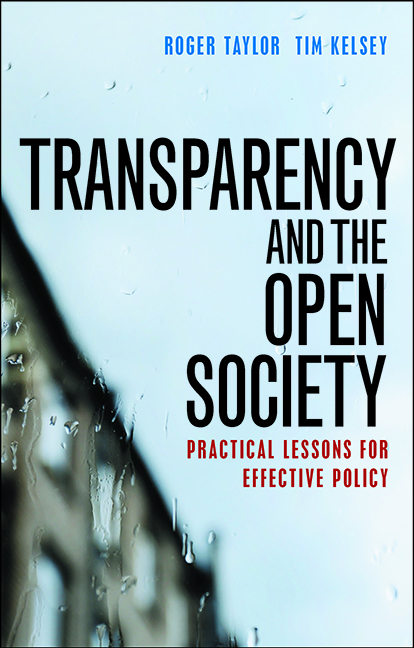Part Two - Transparency 2.0
Published online by Cambridge University Press: 05 April 2022
Summary
Transparency 2.0 refers to transparency policies that attempt to get round the problem of editorial control and recognise that transparency must aim to create multiple competing narratives which present different views as to the impact, effectiveness and fairness of public policies and markets.
While we use this term to describe a range of related initiatives, the key feature they have in common is the aim of enabling independent assessment of the fairness of allocation systems. These systems use a number of techniques including the generation of data independently of executive authorities and the sharing of data in raw, granular uninterpreted formats with the intention that the recipient – rather than the person giving the information – will determine how the information is to be used.
We can divide these initiatives into two quite distinct groups:
• Individual data sharing – in which citizens are given direct access to the information and data about them in a format that allows them to use it for their own purposes, including verifying the way in which that information has been used to categorise and allocate things to that person.
• Population data sharing – in which data about whole populations is shared with non-governmental organisations to enable those organisations to develop their own narrative interpretations of the data.
Chapter 15 looks at mechanisms to make information creation more independent of allocation systems.
Chapter 16 looks at efforts to share population data.
Chapter 17 looks at programmes to share data at an individual level with citizens.
Chapter 18 looks at the management of privacy and surveillance that occur when population data is shared.
- Type
- Chapter
- Information
- Transparency and the Open SocietyPractical Lessons for Effective Policy, pp. 247 - 248Publisher: Bristol University PressPrint publication year: 2016



